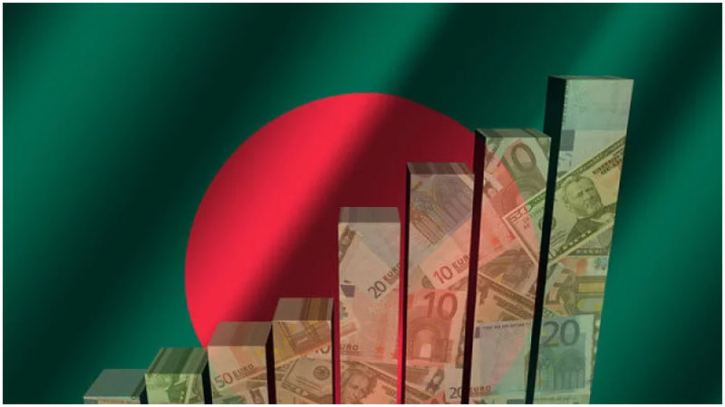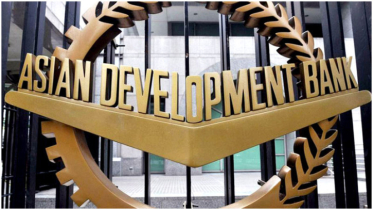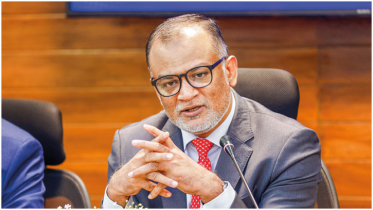Bangladesh makes remarkable socio-economic progress

Bangladesh has made remarkable progress across multiple sectors, including living standards, education, poverty reduction, and infrastructure development, in the last six years, according to a survey.
The survey titled “Household Income and Expenditure Survey (HIES) 2022” by the Bangladesh Bureau of Statistics (BBS) highlights substantial progress in household living standards and socio-economic indicators.
According to the survey, household-level access to electricity has surged to 99.3% in 2022, a substantial increase from 75.9% in 2016 and 55.3% in 2010, which reflects significant strides in enhancing energy infrastructure and ensuring broader access to electricity.
A commendable 92.3% of households now have access to better toilet facilities, underlining advancements in sanitation infrastructure and hygiene practices, the report mentioned.
The HIES highlights access to a safe and improved source of drinking water has reached 96.1% of households, showcasing successful efforts in providing clean water and ensuring public health.
The literacy rate surged to 74.0% in 2022 (seven years and over), reflecting a positive trend in educational outcomes. This marks a substantial increase from 65.6% in 2016 and 57.9% in 2010.
The household’s average monthly income has witnessed substantial growth, reaching Tk32,422 in 2022, the report said. This represents a notable increase from Tk15,988 in 2016 and Tk11,479 in 2010.
Alongside the rise in income, the data reveals that the household’s total monthly expenditure has also increased nominally.
In 2022, the expenditure reached Tk31,500, compared to Tk15,715 in 2016 and Tk11,200 in 2010, the survey added.
The HIES 2022 reveals a shift in spending patterns in Bangladeshi households, with non-food expenditures gradually increasing to 54.2%, surpassing food consumption expenditure at 45.8%, indicating evolving consumer preferences since 2016.
In 2022, rice consumption per person per day in Bangladesh declined to 328.9 grams, contrasting with a gradual rise in vegetable and meat consumption. Moreover, the average protein intake increased to 72.5 grams, reflecting positive dietary changes since 2016.
In 2022, Bangladesh experienced a notable reduction in poverty, with the headcount rate declining to 18.7% using the upper poverty line and 5.6% using the lower poverty line, showcasing significant progress compared to 2016.
The income Gini coefficient in Bangladesh rose to 0.499 at the national level in 2022, reflecting a gradual increase in income concentration among higher income groups compared to 2016 and 2010.
Financial inclusion has shown notable progress in Bangladesh, with approximately 14.1% of households opening bank accounts in 2022, doubling the rates from 2016 and 2010. Additionally, the Social Safety Net (SSP) coverage significantly expanded, with 37.6% of households and 50.0% of SSP beneficiaries recorded in 2022, compared to 27.8% and 28.7%, respectively, in 2016.
The HIES 2022 data reveals a significant gender pattern in urban employment, with nearly 99% of females (aged 15+) engaging in the non-agriculture sector, while approximately 95% of males are involved in the same sector, indicating a notable occupational distribution.
The report highlights that 21.11% of the population experienced moderate or severe food insecurity nationally, with rates of 22.36% in rural areas and 18.37% in urban areas. Moreover, 1.13% of the population faced severe food insecurity, signalling progress towards achieving SDG Goal 2, “Zero Hunger”, by 2030.
.png)




